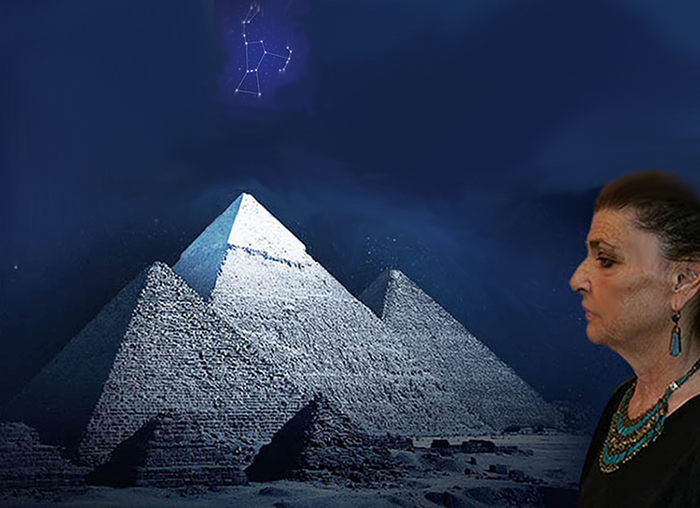|
Afterlife, Sarcophagi, Burial Masks
Agriculture, Farming, Diet, Animals
Ancient Aircraft
Ankh
Architecture
Armana Tablet
Art
Articles in the News
Astrology, Ptolemy, Aliens Connections to Sirius and Orion
Astronomy
Atef Crown
Bahariya, Valley of the Golden Mummies
Barge (Boats) in Ancient Egypt
Battle of the Pyramids (1798)
Calendars
Clocks
Clothing, Jewelry, Make-up, Wigs
Creation Myth
Djed Pillar
Duat
Dynasties and King Lists
Education
Egyptian Dream Scrying
Flooding of the Nile
Funerary Texts
Homes
History, Chronology
Gantenbrink's Door
Gods and Goddesses
Language
Legal System
Levant
Link With Australia, Grand Canyon, Decalogue
Luxor Hot Air Balloon Accident February 26, 2013
Medicine, Smith Papyrus, Ebers Papyrus, Kahun Gynecological Papyrus
Moses
Mummification, Elongated Skulls
Music and Dance
Mystery Schools
Mythology
Natural Resources and Trade
Nubia
Oxyrhynchus
Palermo Stone
Phaistos Disc
Pharaohs
Priests, Priestesses, Initiations
Pyramids
Religion
Rosetta Stone
Scarab
Science and Technology (Alchemy), Ancient Aliens
Social Systems
Sphinx
Symbols and Their Meanings
Tattoo
Temples and Temple Complexes in Egypt
Tutankhamen
Trees in Ancient Egypt
Uraeus
Valley of the Kings
Valley of the Queens
Westcar Papyrus
Women
Writing, Hieroglyphs, Scribes
|

